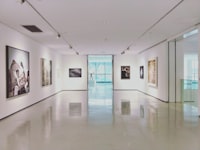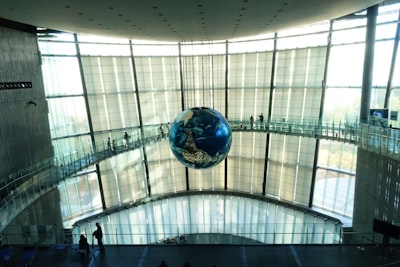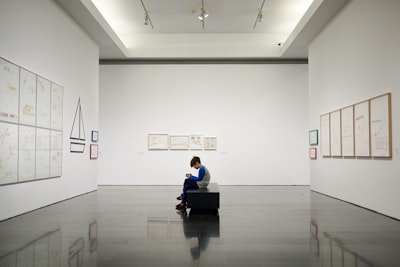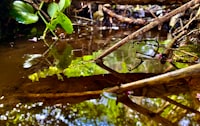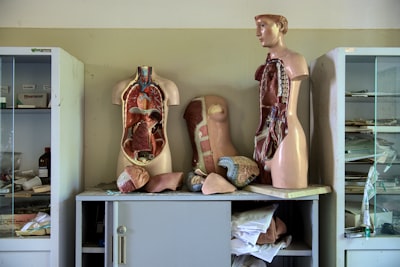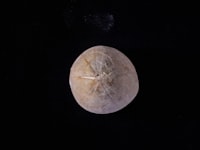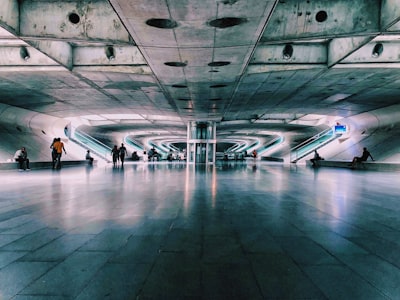Conference paper
Park and Ride City Terminal, Antapani Bandung
Bandung as a growing city has transportation problem as other big cities have in Indonesia. About 3.55 million person/day (7.2% move in the morning peak hour) is moved within the city to make more crowded. Thus, a good urban planning is necessary. An urban planning cannot be separated from mass transportation system. City terminal is one of transportation infrastructures that serves mass transport on a local/city scale. City terminal is built by nodes of people activities such as schools, markets, residential areas, offices, etc. The principle of planning on land transport network system is to connect the system of city activities optimally according to the Masterplan of Transportation network. The purpose of this paper is to design a city terminal that can accommodate people movements and activities as well as can decrease the rate of personal vehicles uses by persuading people to use public transportation. City Terminal which was developed in the first nodes of people movements aims to break and cope up the density with functional approaches such as park and ride system. This paper explains how a city terminal could decrease a number of vehicle's density by using park and ride concept in a residential area where is a start and end point of the system transport network. Park & ride is the type of terminal where the passengers' personal vehicles can park and continue their journey by using public transportation instead. The paper ends by designing a park and ride city terminal located in Antapani, Bandung.



